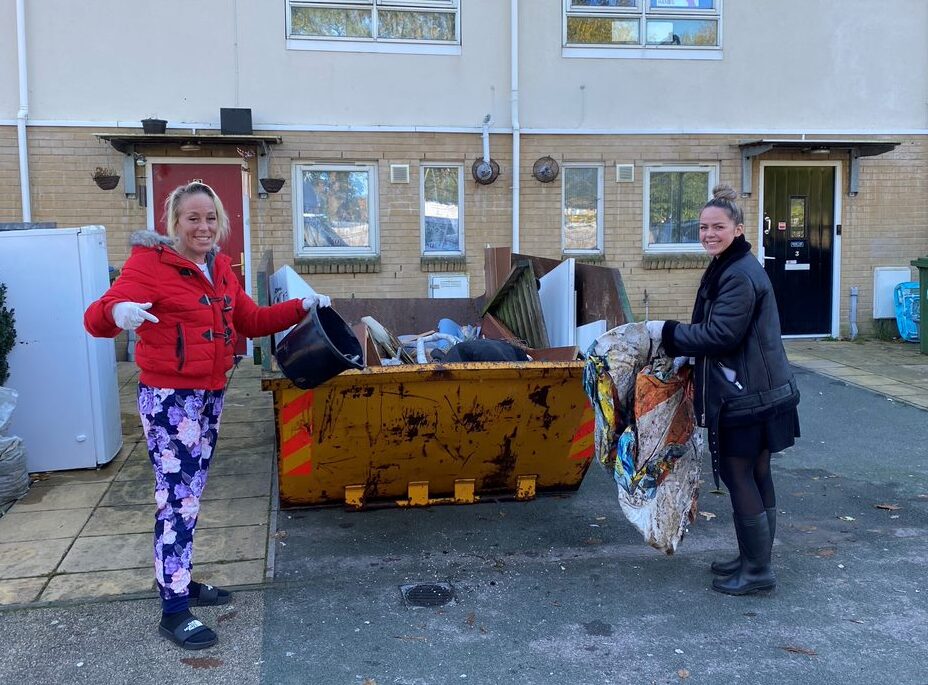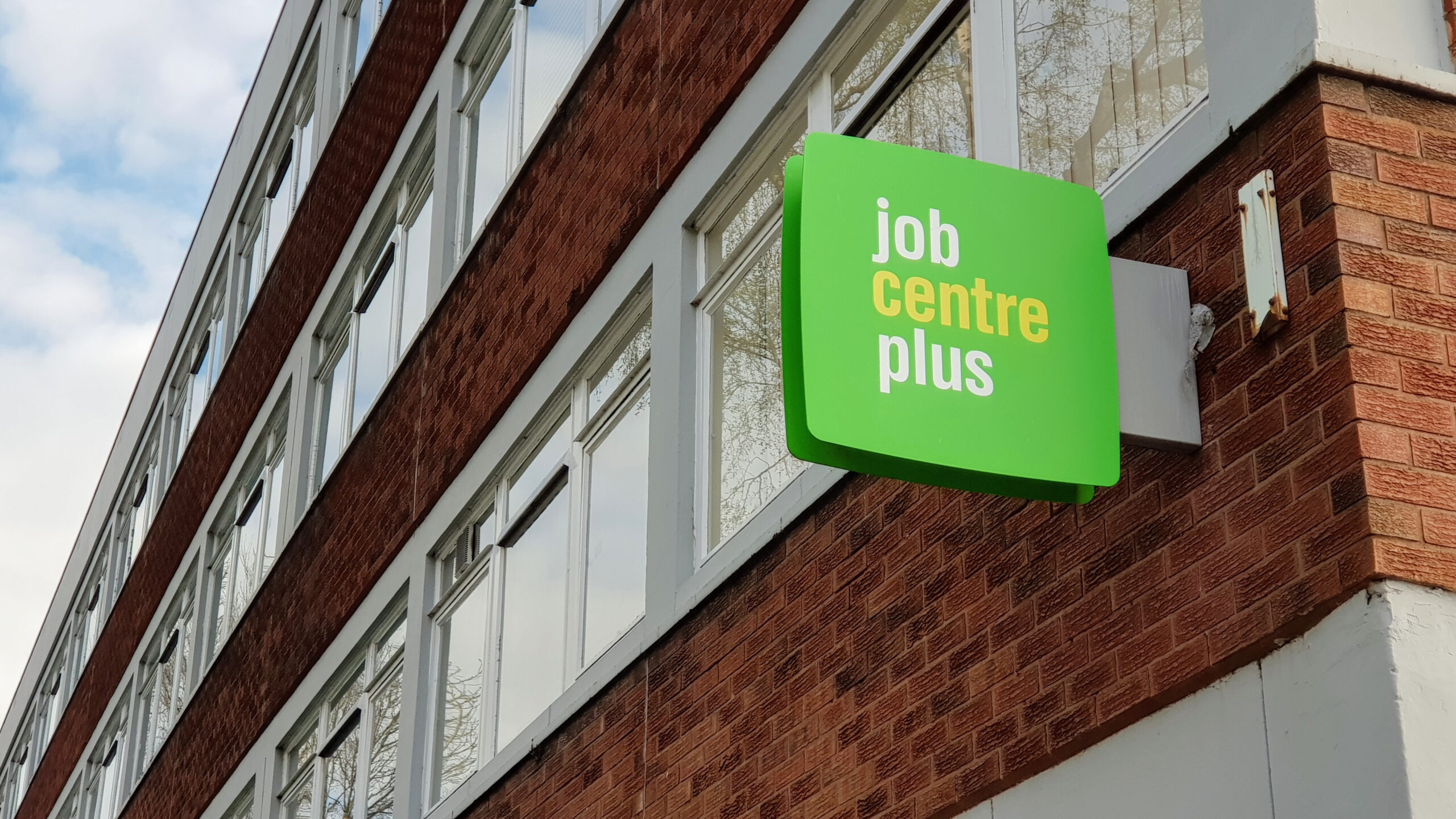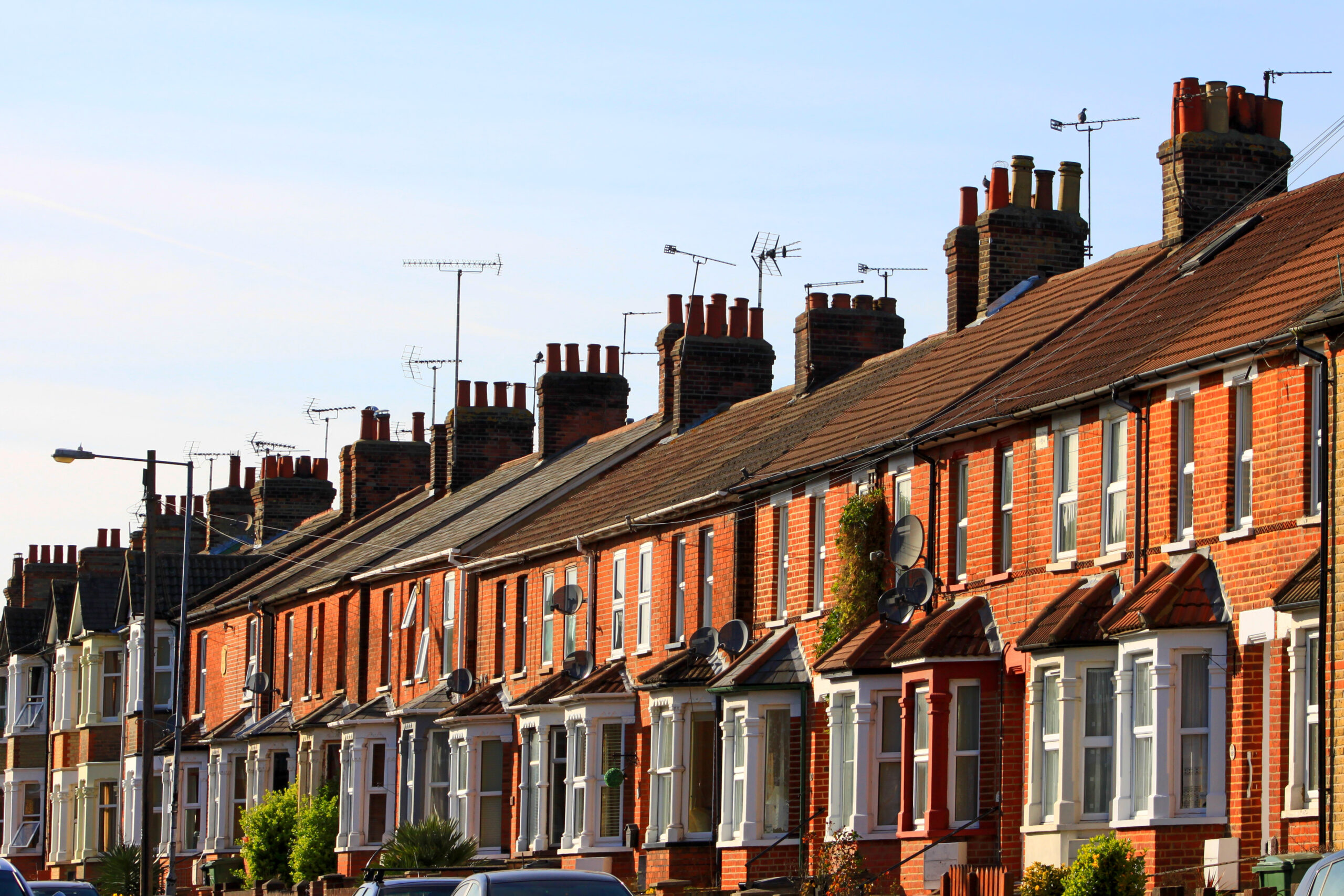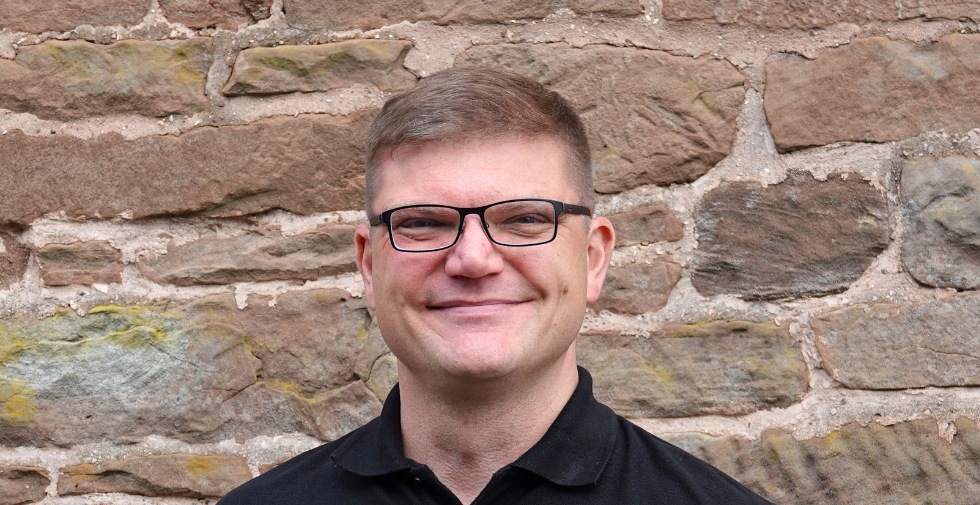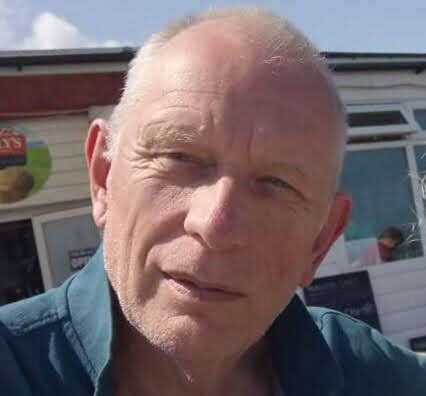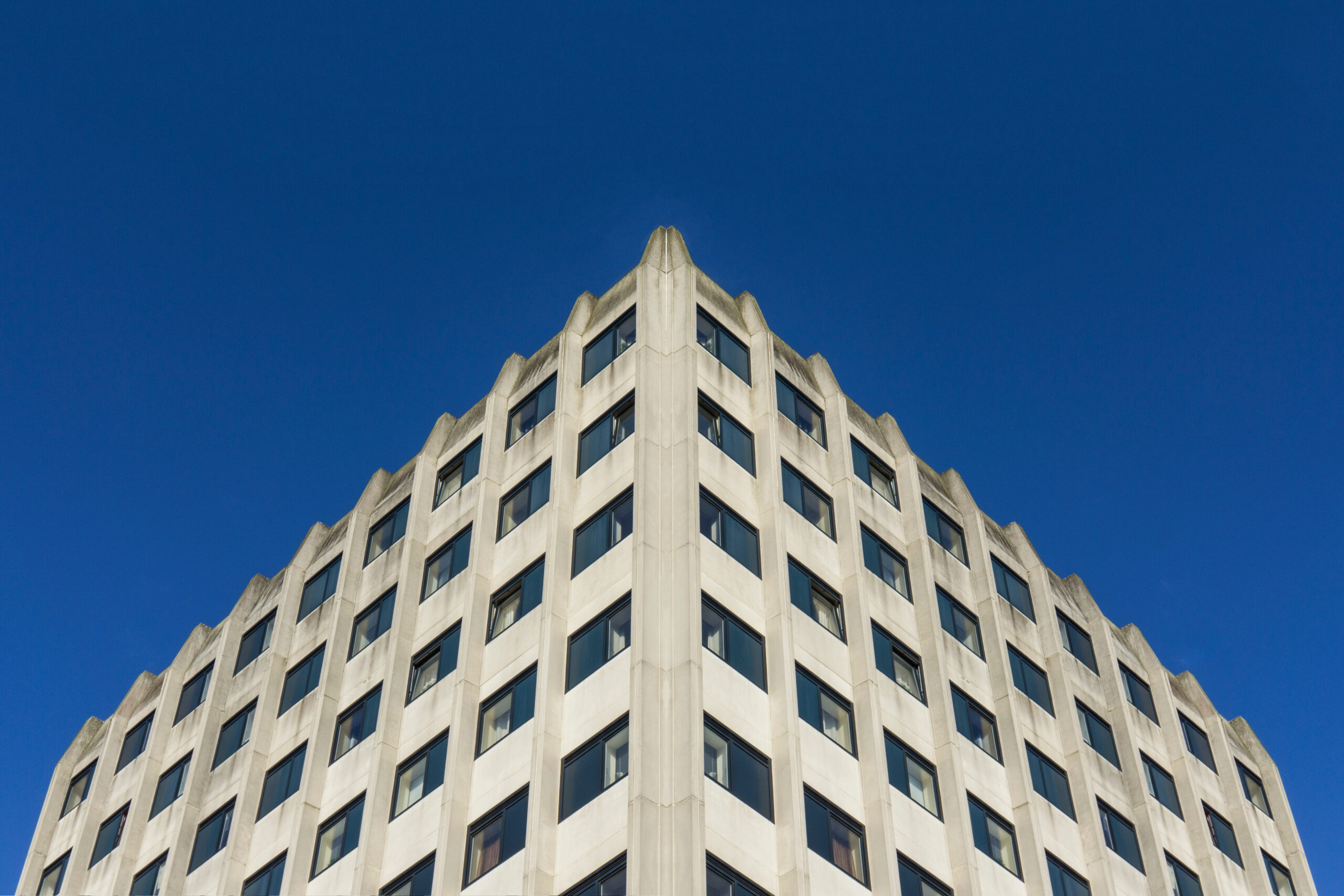
We’ve increasingly viewed streets as places for motor vehicles. But what happens when you tweak the space or manage access to it? Two studies in Õtautahi Christchurch, Aotearoa, New Zealand shed light on this, writes Simon Kingham
Study 1: Creating a ‘play’ street
The first study (Kingham et al, 2020) took advantage of a temporary street closure to through traffic, to see what happened and what residents felt about it. Fisher Avenue is a residential street that averages just over 700 vehicles travelling in each direction daily. Drivers sometimes use it as a ‘rat run’ and so, while traffic levels are low, occasional fast vehicles exceed the 50 km/h speed limit. (1)
In late 2018 / early 2019 (summer in New Zealand) the street was subject to wastewater infrastructure upgrades and was closed to through traffic for 12 weeks. Residents could still access their homes from either end, but not drive through it. Pedestrians and cyclists retained access. Researchers took the opportunity to see how the street space was used when the street was closed to through traffic, and whether this changed the residents’ perceptions of the space. They interviewed residents and also observed what happened (Note: although I lived on the street, my colleagues did all the data collection and analysis).

Residents organised weekend activities with cricket, basketball and football for the first three weekends. They used the street as a place of recreation. (Un)surprisingly – it is amazing how many people predict disaster when cars and people share space – cars still using the street slowed when they approached these activities and the game participants allowed cars to pass.
Researchers asked residents to rate their opinion of the temporary road closure (Figure 2) on a five-point scale. The residents saw many positive benefits of the temporary street closure. Traffic speeds seemed slower, walking was more pleasant, people got to know their neighbours, and it was safer for kids to play. There were some inconveniences such as not being able to drive through and some issues with parking.

Overall, we found that when closed to through traffic, the street was used as a place of recreation. Residents reported more positive benefits and supported a permanent closure of the street to through traffic, stating they believed the community and wellbeing benefits far outweighed the inconvenience.
Study 2: Gathering places and bumping spaces
The second study (Banwell and Kingham, 2023) researched the importance of social infrastructure for informal social interactions. The study comprised 38 interviews of residents of Christchurch, New Zealand, in the years following the 2010-12 earthquakes. Researchers asked residents about the place they lived and their interactions within their community. This paper focused on the importance of neighbourhood interactions. People talked about ‘gathering’ places. These were places where people went hoping for, but not explicitly planning, social interactions: for example, libraries, parks, primary schools and pubs. Such places worked best when found in neighbourhoods, ideally within walking distance of home, as walking to ‘gathering’ places also provided an opportunity for social interactions.
A second type of place that people talked about was ‘bumping’ spaces. These were spaces that facilitated unplanned interactions; places people would accidentally bump into their neighbours, and have unplanned interactions. These included things like street- or stream-side benches, or an on-street basketball hoop. But the benefit of these can be significant. Well-designed social infrastructure was shown to provide the common ground that enabled meaningful and routine social interaction. Simply tweaking the social infrastructure to facilitate social interactions need not be expensive. The challenge is to create improved ‘gathering’ places and ‘bumping’ spaces, which can enhance wellbeing and livability.
Lessons: Streets, community and wellbeing
Both studies have shown it is relatively cheap to make simple changes to streets which enhance wellbeing and strengthen community. One example is by restricting access on some streets to through-traffic while still allowing pedestrian and cyclist access. This is called filtered permeability. Research has shown that such streets become more attractive for active users (2). Houten, in the Netherlands, is an example of a city that has adopted widespread filtered permeability and real benefits (3).
In the second study, people commented on the impact of the post-earthquake school closures on the community (4). Primary schools were both key gathering places and bumping spaces. People are more likely to walk and cycle when local amenities, such as primary schools, parks, libraries, pubs, etc are in their neighbourhoods (5). Besides close proximity, it’s also important to have infrastructure that makes the walk or cycle pleasant (6). Retrofitting separated walking and cycling infrastructure can be costly, but restricting access to through-traffic can be inexpensive but equally beneficial. Similarly, creating ‘bumping’ places can be cheap and easy and deliver significant benefits to community wellbeing.
These two studies were in Christchurch, New Zealand. Christchurch is lower density compared to many towns and cities in the UK. Its streets are wider, traffic volumes lower, and most people have their own garden. Nevertheless, the importance of calmer streets with ‘gathering places’ and ‘bumping spaces’ has been shown to be valuable, and popular with residents. People in the UK may appreciate these measures even more due to their busier streets.
Simon Kingham is Professor of School, Earth and Environment at the University of Canterbury, and Chief Science Advisor to the Ministry of Transport, New Zealand
References
Banwell K and Kingham S, 2023, Living well in your local neighbourhood: The value of bumping and gathering places. Wellbeing, Space and Society 4, 100124. https://tinyurl.com/499xpev2.
Kingham S, Curl A and Banwell K, 2020, Streets for transport and health: The opportunity of a temporary road closure for neighbourhood connection, activity and wellbeing. Journal of Transport and Health 18, 100872. https://tinyurl.com/3z77seye.
Footnotes
1 In 2021 the speed limit was reduced to 40km/h, and there is proposal to reduce it to 30km/h soon.
2 https://cyclehighways.eu/index.php?id=210
3 https://tinyurl.com/2fa4mhnz
4 https://tinyurl.com/5en7359r



